1. Open Shelving
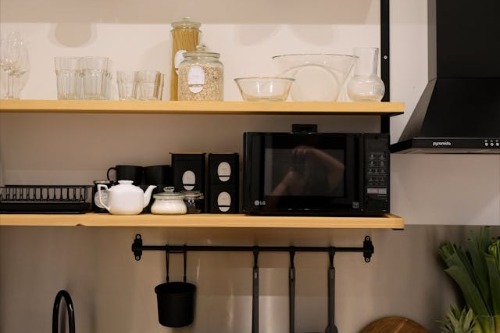
Open shelving looks gorgeous on Pinterest—those perfectly styled stacks of plates and matching mugs are swoon-worthy. But in a real kitchen, especially one that sees daily cooking, open shelves collect dust and grease shockingly fast. If you don’t dry your dishes spotlessly or arrange them just so, things start to look chaotic, not curated. Plus, it’s a visual commitment to keeping everything neat all the time.
When you’re in the middle of cooking a messy dinner, the last thing you want to worry about is whether your paprika jar looks cute on display. And if you don’t use everything on those shelves regularly, you’ll be wiping off a thin film of sticky grime more often than you’d expect. It turns out open shelving is less about convenience and more about maintenance. Beautiful, yes—but be ready to clean.
2. Waterfall Countertops
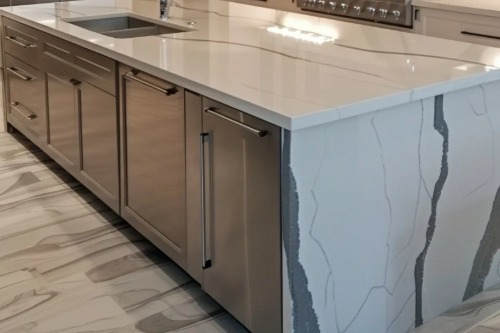
There’s no denying that waterfall countertops have a sleek, high-end look that instantly modernizes any kitchen. But those dramatic edges leave zero room for overhangs or casual seating, which limits functionality. If you’re hoping to perch on a stool with your laptop or let kids do homework nearby, this design won’t help. It also makes under-counter storage or appliances more complicated.
During cooking, you’ll find there’s nowhere to tuck your knees if you want to sit and prep. And if you happen to bump into the edge, those sharp corners don’t exactly feel gentle. The seamless aesthetic comes at the cost of practicality. It’s a showpiece more than a workspace.
3. High-Gloss Cabinets
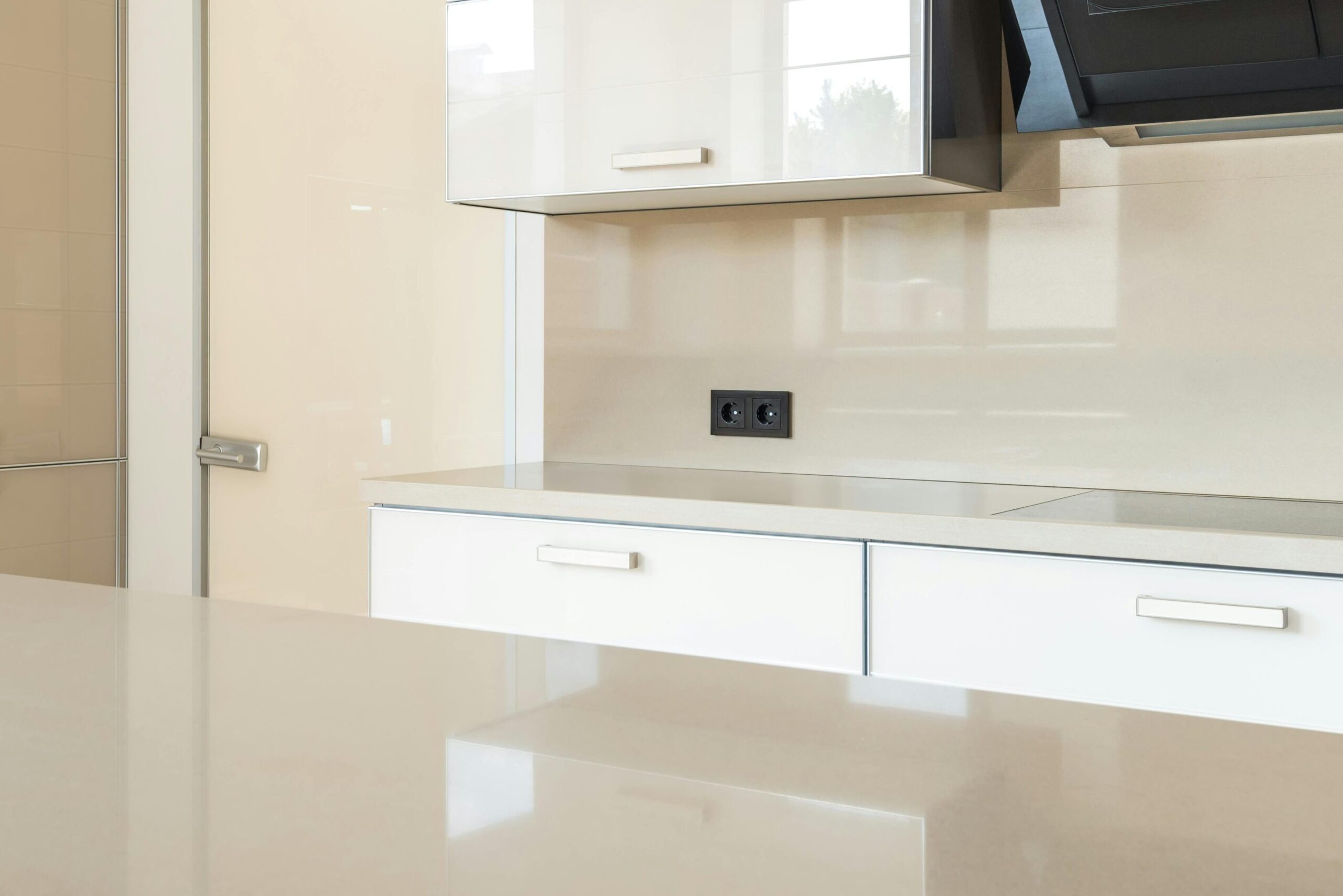
Glossy cabinets reflect light beautifully and can make small kitchens feel more spacious—until you actually touch them. Every fingerprint, smudge, and splash shows up like a spotlight. Even just opening the fridge leaves behind a mark unless you’re wearing gloves. Cooking tomato sauce? Expect to see tiny red dots for days.
Cleaning them requires special products to avoid streaks, and even then, perfection is fleeting. These cabinets are essentially mirrors that happen to store your canned goods. If you’re not meticulous about wiping them down constantly, they go from glam to grimy fast. They look pristine in a showroom, not in a real-life kitchen with kids or curry.
4. Minimalist Hood Vents
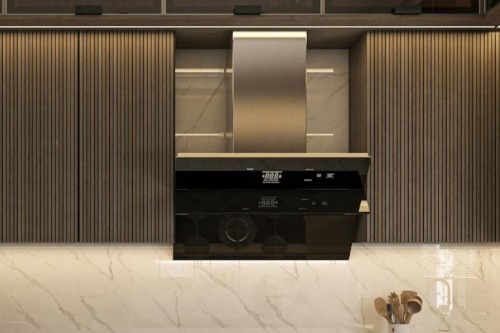
Sleek, nearly invisible hood vents are all the rage in modern kitchens. They blend into cabinetry or disappear completely, giving the space an uncluttered feel. But when it comes to performance, many of these low-profile designs fall short. If you actually cook—like sear, sauté, or fry—you’ll notice lingering smells and grease buildup quickly.
These vents often don’t have the power or coverage of a standard range hood. Some lack sufficient airflow, which is critical for indoor air quality. And once that film of oil settles on your cabinets, no amount of minimalism will help. They may be discreet, but they often don’t do the job.
5. Matte Black Fixtures
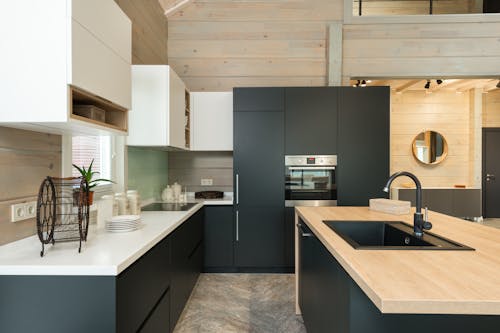
Matte black faucets and handles are undeniably chic, adding contrast and drama to a kitchen. But they’re also magnets for water spots, fingerprints, and even soap residue. After just one use, that velvety finish can start looking dusty or splotchy. And unlike chrome or stainless steel, they often require special cleaning to avoid damage.
If you cook frequently and use the sink a lot, you’ll be wiping these down constantly. Some finishes even chip over time with repeated contact or cleaning. They may look high-end, but they don’t always wear well. Great for aesthetics, not always for durability.
6. Integrated Appliances
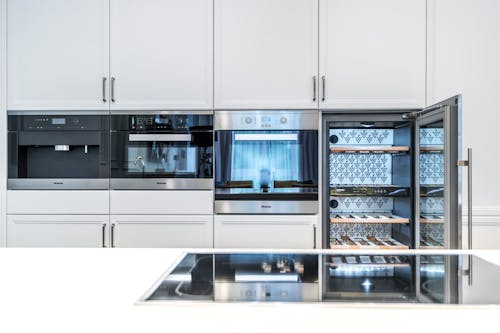
Camouflaged fridges and dishwashers that blend seamlessly into cabinetry are a designer’s dream. They give the kitchen a streamlined, furniture-like look. But integrated appliances often come with compromises in capacity, cooling power, or ease of repair. They can also be considerably more expensive than their freestanding counterparts.
You may also need custom cabinetry or special hinges to accommodate them. And when something breaks, repairs tend to be trickier and pricier. What’s hidden behind those flawless panels isn’t always as efficient as it looks. It’s a classic case of form over function.
7. Pot Fillers
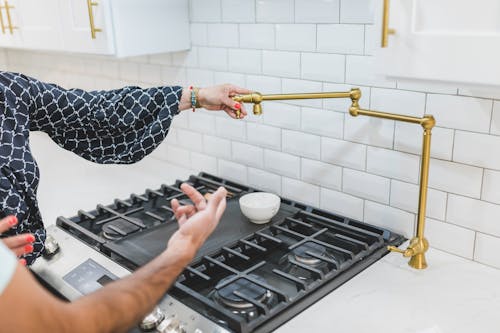
A pot filler faucet above the stove feels like a luxury—no more hauling heavy water-filled pots from sink to burner. But in reality, they can be awkward to use and prone to leaks if not installed perfectly. Since they’re not used frequently, problems can go unnoticed until there’s water damage. And they don’t eliminate the need to carry a pot back to the sink when it’s done.
Maintenance is another issue, as many homes don’t have a shutoff valve nearby. If something goes wrong, you might need to shut off water to the entire kitchen. Plus, they only do one job—and take up wall space that could otherwise be used for a backsplash or shelf. Stylish, sure, but arguably overhyped.
8. Touchless Faucets
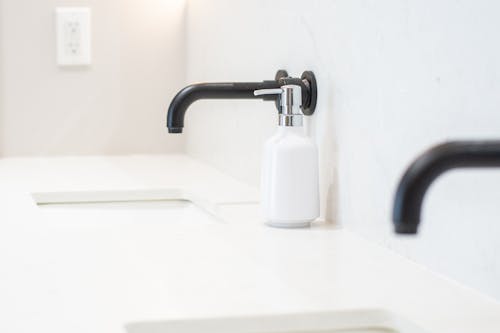
Touchless faucets feel like the future—until they start acting up. Sensors can misfire, refusing to turn on when your hands are full or turning on when no one’s there. Some models are overly sensitive, while others lag frustratingly. And when the battery dies, you’re stuck manually activating it (if that’s even an option).
These faucets also tend to have more mechanical parts, which means more potential points of failure. For frequent cooks, the delay or confusion in turning the water on can slow you down. They’re great for reducing germ spread but not always reliable during a busy dinner prep. High-tech doesn’t always mean high-functioning.
9. Statement Lighting
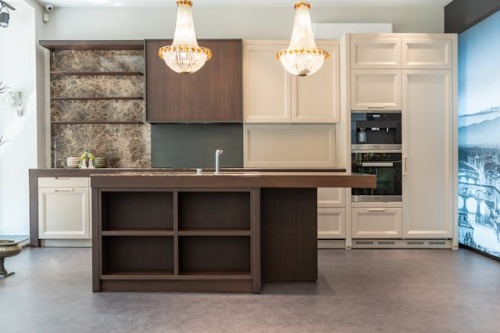
Oversized pendants or intricate chandeliers can make a kitchen feel luxe and thoughtfully designed. But too often, they don’t provide the kind of task lighting you actually need when cooking. Gorgeous lighting that casts shadows over your cutting board isn’t very helpful. And styles with lots of crevices or glass surfaces collect dust and grease quickly.
Cleaning them can be a mini workout, especially if they’re mounted high above an island. Swapping bulbs or fixing a flicker isn’t easy either. When you’re just trying to read a recipe or make sure the chicken’s not raw, mood lighting falls short. It’s kitchen jewelry, not a tool.
10. All-White Everything
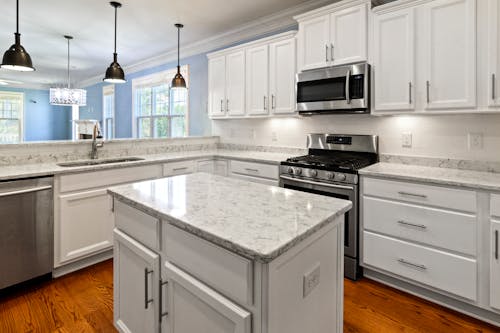
A white-on-white kitchen is the ultimate blank canvas—light, airy, and timeless. But it’s also incredibly unforgiving when it comes to spills, splashes, and wear. Tomato sauce, turmeric, red wine, even coffee—everything leaves a mark. And unless you’re constantly scrubbing, those pristine surfaces won’t stay that way.
White grout in particular is a pain, often yellowing or staining over time. Cabinet corners and drawer pulls start to show grime quickly. If you actually cook, not just reheat, keeping it all spotless becomes a daily chore. It’s clean until it’s not—and then it’s just a lot of work.
This post 10 Kitchen Features That Are Beautiful—Until You Try to Cook was first published on Greenhouse Black.
